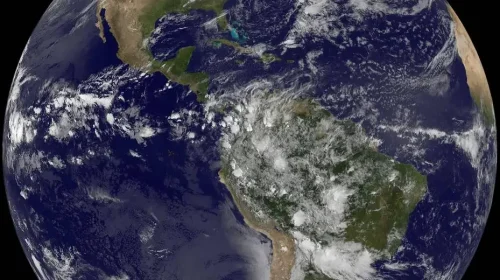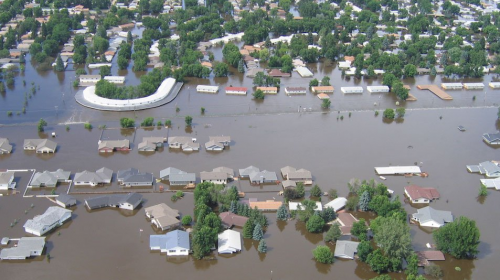New research, supported by CPO’s Climate Variability & Predictability (CVP) program, identifies which reanalysis products may be the most useful for better studying and simulating the tropical intraseasonal oscillation (ISO).
The ISO dominates subseasonal variability over the tropical Indian and Pacific Oceans and influences tropical cyclones, the El Niño-Southern Oscillation, and Asian-Austrailian monsoons. Earth system models struggle to accurately simulate the ISO, which many researchers attribute to a lack of understanding how the ISO communicates with the ocean, a.k.a. its air-sea interactions.
University of Hawai’i researchers Wei-Ching Hsu, Kazuyoshi Kikuchi, H. Annamalai, and Kelvin Richards, compare three reanalysis datasets (ERA5, ERAi, and JRA55) to determine which is most suitable for investigating air-sea interactions associated with the ISO and to quantify the biases observed in each product. The ISO interacts with the ocean through exchange of heat, moisture, and momentum. The primary variables involved are precipitation, near-surface winds,and surface fluxes of latent and sensible heat. The study, published in the Journal of the Meteorological Society of Japan, shows that all three reanalyses captured the spatial patterns and propagation features of the ISO (how and where the ISO spreads), but ERA5 shows the least bias in several key variables.
Though the authors caution that their comparisons come with some caveats and raise new questions about ISO air-sea interaction, their results suggest limitations and strengths of the three reanalyses and the potential for improving scientific understanding in simulating important air-sea interactions.











